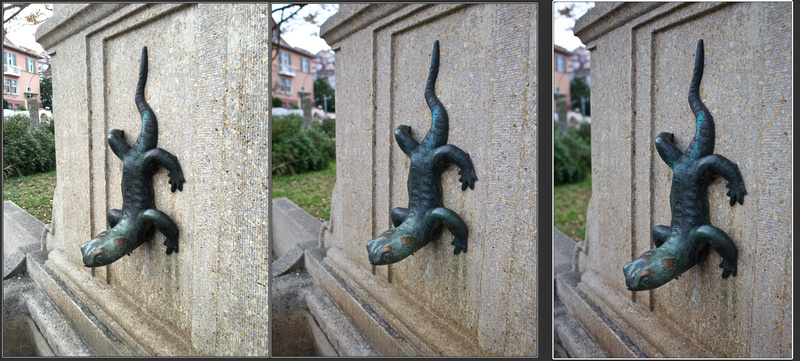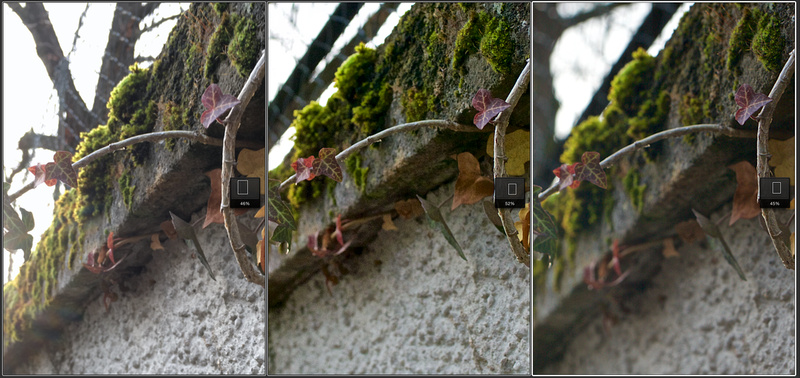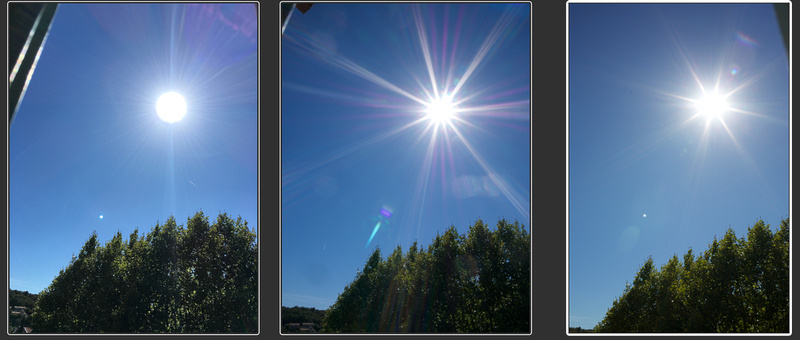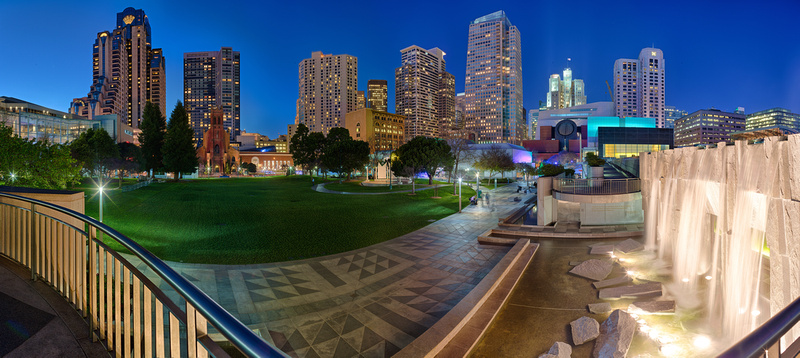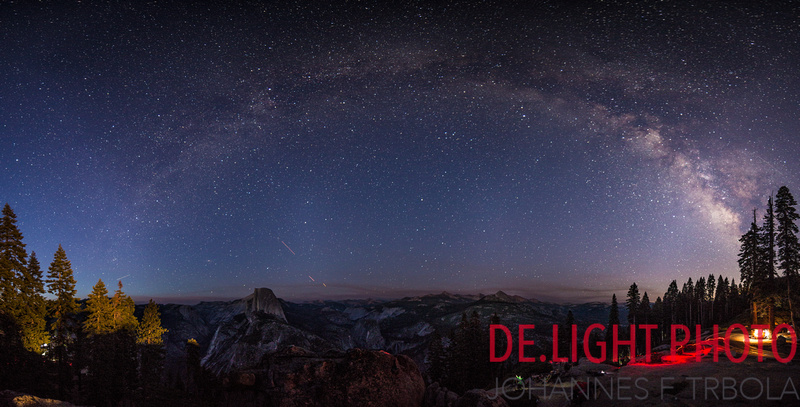Why to carry gear: Real world comparison between smartphone; µ43 and FullFormatThe idea for this blog entrySince a long time I know that a smartphone can be a pretty good camera. My experience with that is based on iPhones and typically i use the newest version all the time. I once had a long bicycle trip from the Cote d´Azur to Stuttgart and i only had the iPhone with me: with pretty nice photos: http://delightphoto.zenfolio.com/p567728685 When I got my iPhone 6 new I made a pretty shocking experience: This camera is damned good: http://www.zenfolio.com/delightphoto/e/pages/blog.aspx#831619993 But in this first shooting experience there was more: We were invited to a friends 50th anniversary. And during this anniversary I did not carry my gear with me - only my brand-new iPhone 6+. Our friends were a bit disappointed - they have organized pretty good ballet dancers to dance there.... And they had their camera with them: a Canon 650D as well as a Panasonic Lumix FZ150. I was not able to shoot with both cameras in a way that I wanted to shoot. I shot with the iPhone and I was much happier!!! Many friends -and friends of friends- ask me which camera to choose. And more and more I come to the conclusion: they should use their smartphone and use the saved money for traveling or whatever... But this was not satisfying for my. Therefore I decided to make some real world shots to have photos where everybody can see what quality they get from each camera. And than to decide what they want...
MethodologyMaybe this word is a bit too much and a bit too scientific. I did not want to do pixel-peeping I wanted make it easy. First of all: the gear used:
The "real" cameras are equipped with high performance lenses which are by fare better than the standard kit lenses... How did I shoot:
The idea behind this method is that the results are depending on that what a user will get without applying to much photographic know-how... The Images Part 1All photos have the same order: iPhone6s+ - Lumix GM5 - Canon EOS 5D MkIII
An early morning shoot. Very easy to see: the cameras have different white balance as well as different exposures.
In this shot you can see the differences even better: It´s all about bokeh: the difference between the in focus and out of focus areas in the photos....
In this example: I do not see too much differences....
very similar... or?
Shooting against the sun: This is a topic where the larger sensor might have advantages. Unfortunately there was no clear sky. I wanted to produce nice stars: A topic where the iPhone will loose due to the lack of any aperture....
This photo was pretty interesting: I enhanced the shadow areas. Here have the real cameras shooting RAW real advantages: in the iphone the shadow areas are was he out while the "real cameras" are rendering much better.
One little point: The iPhone has a closer focus point than the other two lenses. Again: the difference is in the bokeh.. But all images are useable...
Againg: the color settings are different...
One charming topic for the iPhone: no other camera can get such a low view angle...
In this session I made more corrections: I adjusted the exposure to more similar brightness. And I corrected the white balance a similar point s in the image. Below you see a crop from the photo above
Here is the nearly 50% crop from the photos above. It shows clearly that the real cameras deal better shooting against the sun. But again: I have very good glass on these cameras...
Here another example shooting against the sun.
Another close to 100% crop. Mmmh. The Images Part 2: Limitations of the systemsAfter some discussions especially in one µ 43 forum (www.mu-43.com) I felt the opportunity to add some photos which show more the limitation on one side of the iPhone, on the other side of µ43 as well. These photos do not follow exactly the methodology of the part 1 photos: They were shot in different days at similar times at similar locations. In terms of FullFrame i was shooting with the cheapest lens of all: the Canon EF 50mm f1.8 STM, a lens which I call the Canon drug dealer lens: It offers at lowest costs shooting high end photos on any Canon body... I also were shooting differently: The Canon was set to manual but the GM5 to intelligent Automatic.
In these light conditions you can clearly see the limitations of the iPhone. The light condition were showing 2 EV´s (Exposure values or f-stops) less light: and the iphone image gets lost - the GM5 also starts to show some limitations while the Fullformat delivers clear images.
Shooting against the sun. This was a topic of its own. It took a long time for me to have a really clear day and having everything with me... but here we go: the FF shows the lowest impact of the sun and nice stars, really nice. But we have to keep in mind: this is also - and dominant- a question of glass. But what you clearly see: the iPhone is not delivering any stars..... Another interesting example comes from my specialties: HDR Panorama:
If it comes to Panoramas: the iPhone panoramas are great: They deliver great images with incredible resolution. But there are limitations as well: In very rare cases I could see some stitching artifacts on the iPhone.
The artifacts ar visible in the steel rope from the mast... This photo was taken to get the feeling wether the place I wanted to take the photo was suitable or not: It was the idea to takle the photo around sunset and int the blue hour.
The "real" photo was taken with a panorama head and with the 5DMkIII. Another topic is long time exposure, like in astrophotography: here comes the time for the FullFrame camera: I was in Yosemite this summer and I was shooting the milky way in front of half dome:
This photo was taken with the G7 and the Panasonic 7-14mm @ ISO 3200 and 15sec.... It was really hard to stitch... Conclusion of the sample shotsI hope I could show some samples of "normal" photography. This shows what you can expect from the iPhone - and what you will get from "better" cameras in similar -or even identical situation. There are some clear differences but in all these cases the iPhone delivers good results. As long as you do not need or want "more": stay with the iPhone. But invest in the newest one... Apple has 400 developers - I guess more than any camera manufacturer - and the develop one camera per year... Shooting experienceSome words about: how to shoot with these cameras.
When do You need more than the iPhone delivers?Obviously a question which I cannot answer. But I want to give you some indications:
RemarksIf you want to have a closer look at the images:
Comments
No comments posted.
Loading...
|









